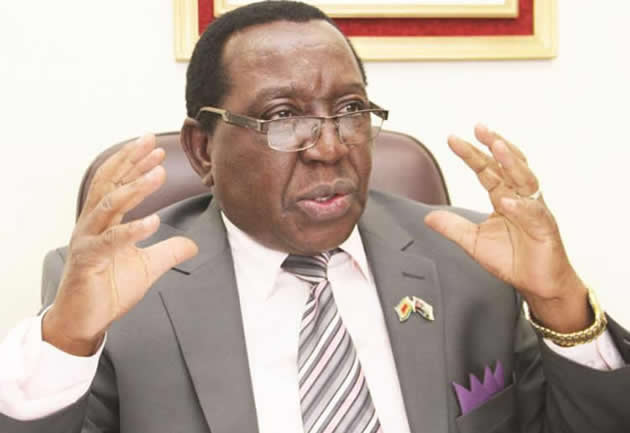Non-life insurers premium rises

Enacy Mapakame Business Reporter
Total gross premium written (GPW) for non-life insurers for the period to June 30, 2017 rose 9 percent to $124,9 million compared to $114, 3 million during the same period last year driven by strong business generated from fire, hire purchase and motor insurance. Insurance and Pensions Commission (IPEC) short term non-life insurance report for the half-year to June 30, 2017 shows that motor, fire and miscellaneous accident insurance were the main sources of business for the sector accounting for 66 percent of total GPW for the period under review, with motor vehicles being the highest at $56, 5 million.
According to the IPEC report, insurance brokers generated $48,26 million for the quarter to June 30, 2017 which was 3, 73 percent lower than the $50,13 million written during the same period last year. However, the business written by re-insurers increased marginally by 0,18 percent to $60,19 million from $60,08 million. Re-insurance brokers contributed 59,31 percent of the re-insurer’s total premiums, writing $35,7 million premiums.
Profit after tax for direct insurance companies increased 61 percent to $11,12 million from $6,88 million for the period that ended on an increase in net premium written which was high as compared to management expenses. Non-life re-insurers reported a profit after tax marginally increased to $4,98 million from $4,72 million reported in the comparative period last year driven by the upsurge in net written premium.
Total asset base for non-life insurers rose 7 percent to $132,96 million by close of the period while the industry’s prescribed assets ratios for non-life and re-insurers were 12 percent and 10 percent respectively compared to a minimum requirement of 5 percent. The growth was driven by increase in value of equities from $10,07 million as at June 30, 2016 to $22,83 million as at June 30, 2017. This, IPEC said, showed “a high appetite for prescribed assets by insurers.”
“However, the Commission is concerned with total assets of 31, 46 percent being concentrated on premium debtors and fixed assets. It is important for insurers to structure their investments in a manner that would respond to their obligations,” said IPEC.
In terms of capitalisation, 11 out of 20 insurers were compliant with the new minimum capital requirement of $2,5 million. This follows the promulgation of Statutory Instrument 95 of 2017 which set minimum capital requirement for non-life insurers of $2,5 million.
“However, the reported capital positions do not account for non-admissible assets as stipulated in Statutory Instrument 95 of 2017, which is also a guidance on the computation of capital for insurance companies and reinsurance companies. IPEC is reviewing the situation and the relevant policy pronouncements are expected before year end,” said IPEC.
By close of the period, the sector had 577 registered players inclusive of insurance agents and loss adjusters, a decrease from 588 in the prior year comparable period.











Comments